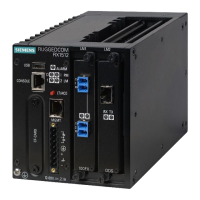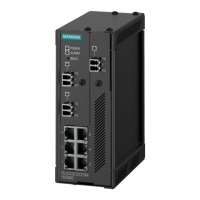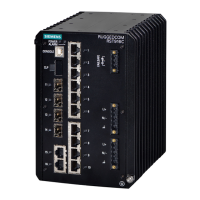Chapter 5
Setup and Configuration
RUGGEDCOM ROX II
User Guide
714 Managing Multiple Spanning Tree Instances
Section 5.34.8
Managing Multiple Spanning Tree Instances
MSTP (Multiple Spanning Tree Protocol), as defined by the IEEE 802.1 standard, is used to map multiple VLANs
to a single Spanning Tree instance, otherwise referred to as a Multiple Spanning Tree Instance (MSTI).
Each MSTI is assigned an MST ID and a bridge priority:
• The MST ID is used to associate the MSTI with a VLAN.
• The bridge priority is used by all devices in the Spanning Tree topology to determine which device among
them is elected the root device or backbone. An ideal root device is one that is central to the network and not
connected to end devices.
For more information about MSTP, refer to Section 5.34.3, “MSTP Operation”.
The following sections describe how to configure and manage Multiple Spanning Tree Instances:
• Section 5.34.8.1, “Viewing Statistics for MSTIs”
• Section 5.34.8.2, “Viewing a List of Multiple Spanning Tree Instances”
• Section 5.34.8.3, “Adding a Multiple Spanning Tree Instance”
• Section 5.34.8.4, “Deleting a Multiple Spanning Tree Instance”
Section 5.34.8.1
Viewing Statistics for MSTIs
To view statistics related to MSTIs, navigate to switch » spanning-tree » msti-status. The MSTI Status table
appears.
Figure 825: MSTI Status Table
This table provides the following information:
Parameter Description
MSTP Instance ID The bridge identifier of this bridge.
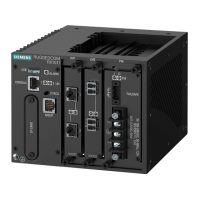
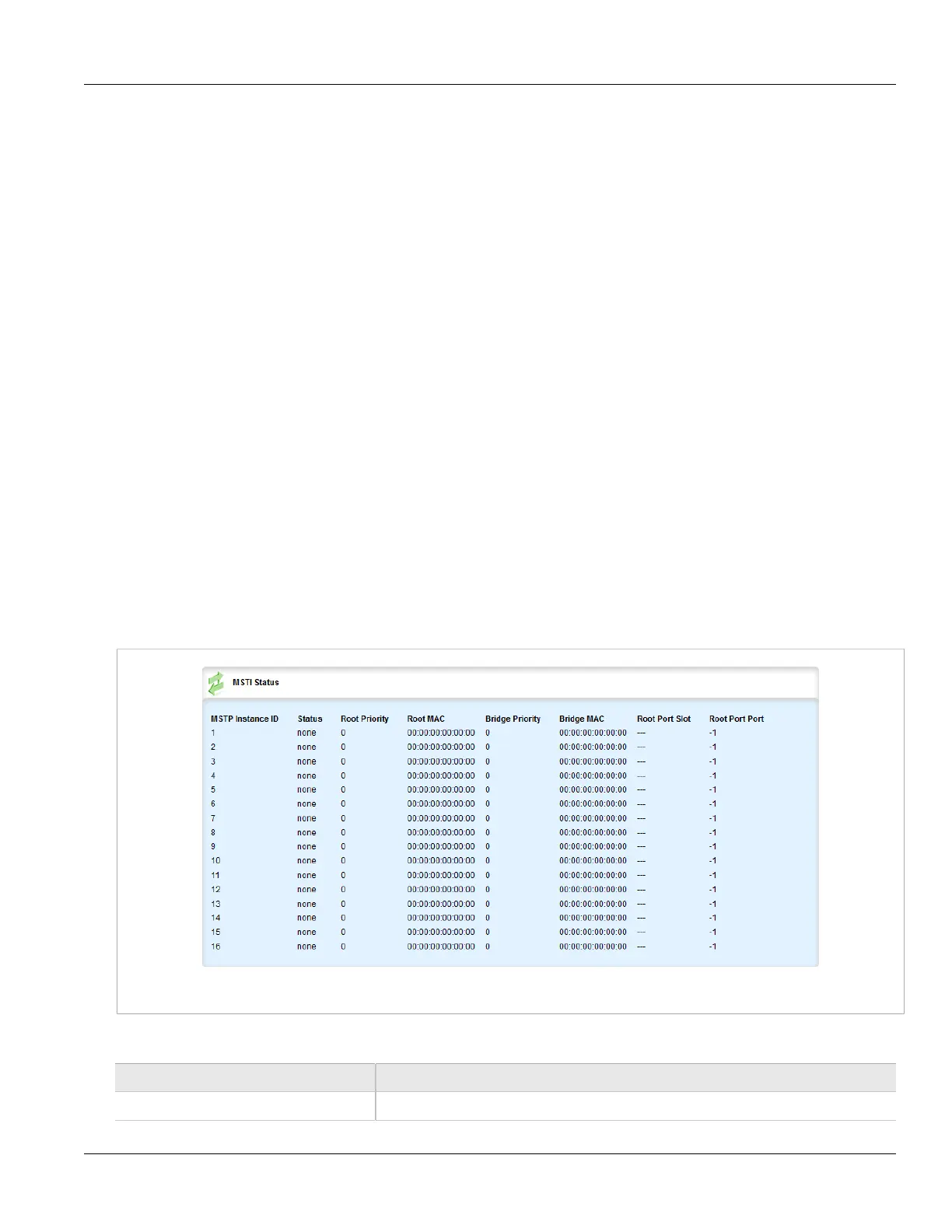